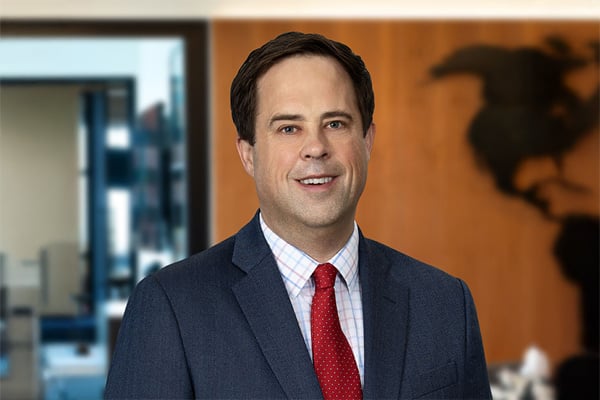Article
Banking Bulletin: Assignment of Rents May Not Allow Golf Course Lenders to See the Green
Published: Mar 25, 2014

Much to the chagrin of golf course lenders, bankruptcy and appellate courts around the country have consistently held that a properly-perfected mortgage or security interest in golf course revenues, including cart rentals and green fees, is not sufficient to grant the lender an interest in the golf course’s “cash collateral” if the business ends up in bankruptcy*. The result is that those revenues can be spent by the golf course borrower in the bankruptcy case to cover its administrative or operating expenses over the objection of the lender.
The courts’ decisions largely hinge on the determination that, unlike rents flowing from real property (which do constitute protected cash collateral in a bankruptcy proceeding), revenues that golf courses generate are not truly derived from the real property, but rather through business activities taking place on the property. Seemingly ignored by these courts is the fact that, absent the golf course’s ownership and maintenance of the real property, there would be no opportunity to create any revenues at the course. Although a colorable argument exists that golf course revenues, and green fees in particular, are conceptually no different than any other form of rent generated by a parcel of land (and therefore should be protected), this argument has not been accepted by the courts.
Unfortunately, there are no mulligans in bankruptcy court. For this reason, it is important that lenders recognize this on the front end of the transaction, rather than on the back end. A lender should carefully weigh the likelihood of their borrower’s bankruptcy and the availability of other secondary sources of repayment—including guarantors and/or hypothecated collateral—before making a loan to a golf course.
* See e.g. In re: GGVXX, Ltd., 130 B.R. 322 (Bankr.D.Colo. 1991) In re: Everett Home Town Ltd. Partnership, 146 B.R. 453 (Bankr.D.Ariz. 1992); In Re: McKim, 217 B.R. 97 (Bankr.D.R.I. 1998); In re: Premier Golf Properties, L.P., 477 B.R. 767 (B.A.P. 9th Cir. 2012)

